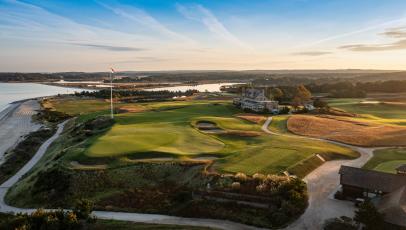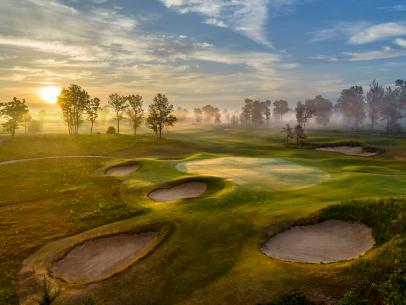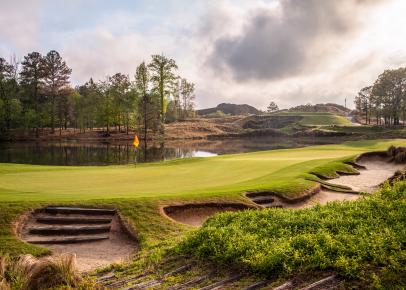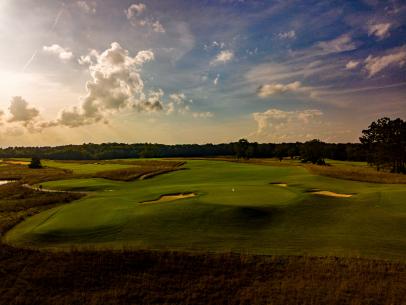Architecture
The best Coore and Crenshaw golf courses
The partnership of Bill Coore and Ben Crenshaw has been one golf's most respected architectural teams for quite some time. It all started back in the late 1980s, when the pair visited a site for a course that was never built. This came soon after Coore's first course opened at Rockport Country Club in Texas, and Crenshaw—who had just won the 1984 Masters—was so impressed with Coore's work, Crenshaw signed up to partner with the former Pete Dye associate. The talented duo has worked together for more than 30 years, producing some of the game's most revered designs.
In addition to creating some of the most intriguing layouts in the United States, the duo has designed numerous stunning international courses, most recently at Point Hardy Golf Club at Cabot St. Lucia. Since the cliffside course is newly opened, we don’t have enough data from our course-ranking panelists to include it in this ranking.
This list includes the best Coore and Crenshaw original designs in the U.S. and Canada as ranked by our panelists. (Redesigns such as Pinehurst No. 2 and Maidstone aren't included in this list.) We use different scoring criteria for international courses, like the stunning Australian oceanside Barnbougle Lost Farm and China’s Shanqin Bay—two Coore and Crenshaw designs that will look to improve on their strong positions in our biennial World 100 Greatest list later this year.
Scroll on for the best courses designed by Coore and Crenshaw. Be sure to click through to each individual course page for bonus photography and reviews from our course panelists. We also encourage you to leave your own ratings on the courses you’ve played … so you can help other golfers like you make an informed opinion on where to play!
11. Kapalua: Plantation

From Golf Digest Architecture Editor emeritus Ron Whitten: Most golf fans are familiar with Kapalua Golf Club’s Plantation Course, home of the PGA Tour's opening event each year. Located on the north shore of the Hawaiian island of Maui, the Plantation was built from open, windswept pineapple fields on the pronounced slope of a volcano and is irrigated by sprinklers pressured solely by gravity.
As the first design collaboration by Bill Coore and Ben Crenshaw, it unveiled their joint admiration for old-style courses. The blind drive on the fourth, the cut-the-corner drives on the fifth and sixth are all based on tee shots found at National Golf Links. So, too, are its punchbowl green and strings of diagonal bunkers. It's also a massive course, built on a huge scale, Coore says, to accommodate the wind and the slope and the fact that it gets mostly resort play.
10. Clear Creek Tahoe

9. Streamsong Resort: Red
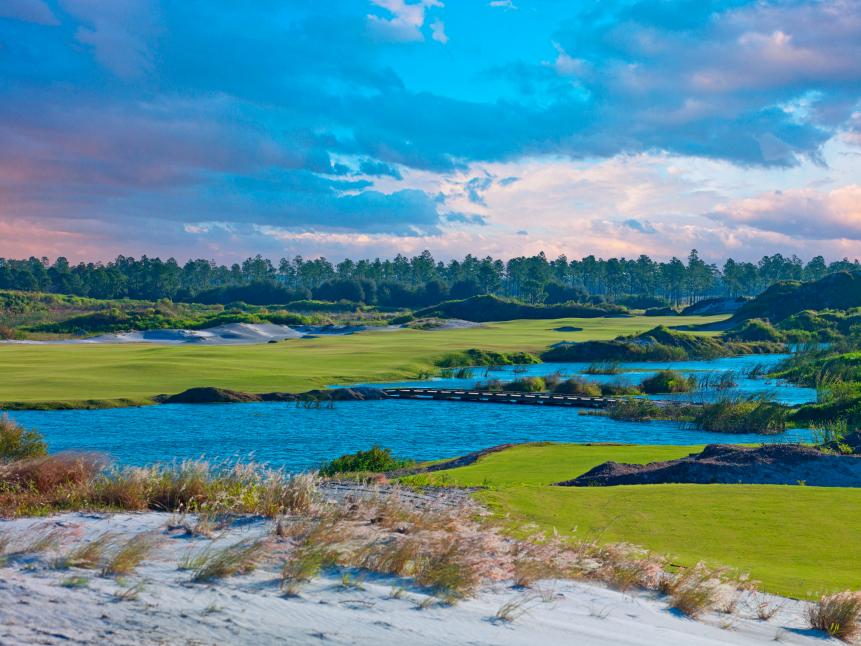
8. Sand Valley

7. Sheep Ranch

6. Colorado Golf Club

5. Bandon Trails
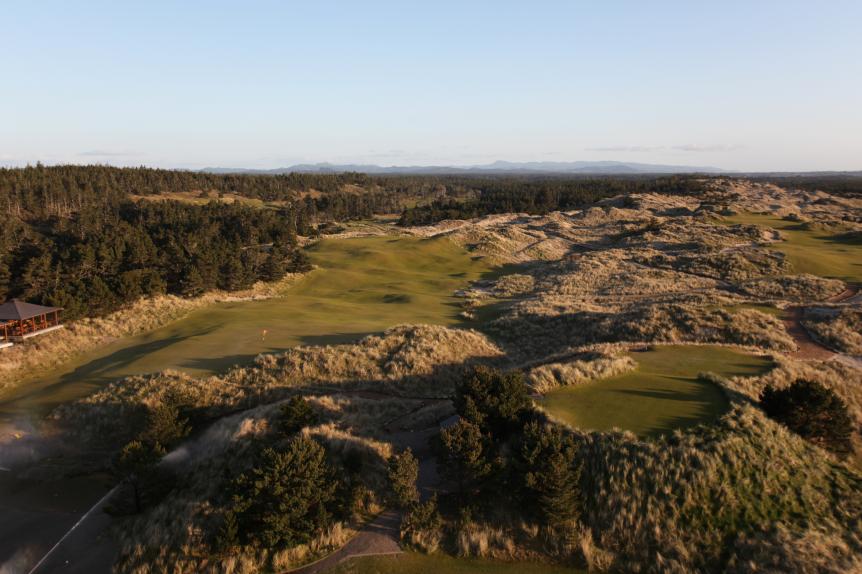
4. Old Sandwich
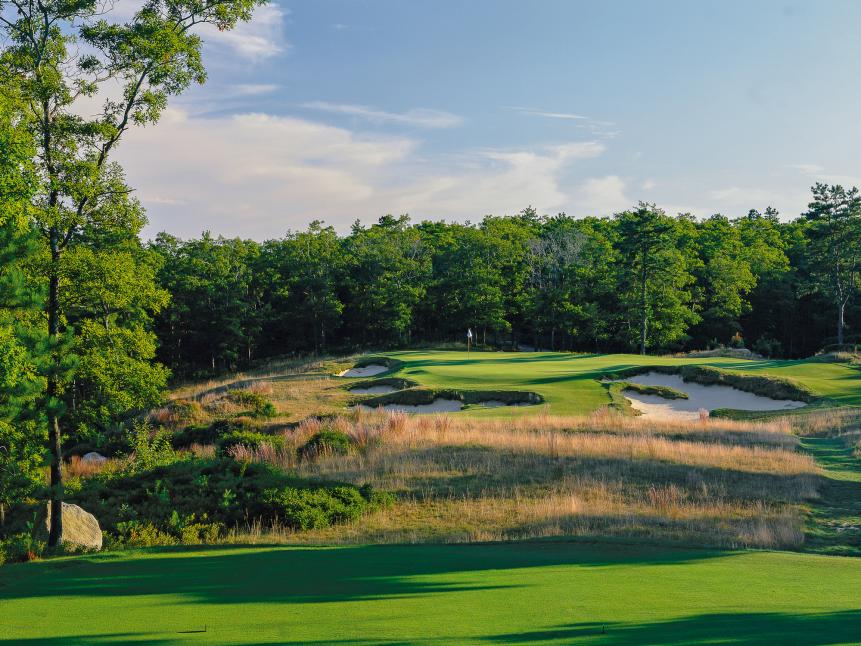
3. Cabot Cliffs
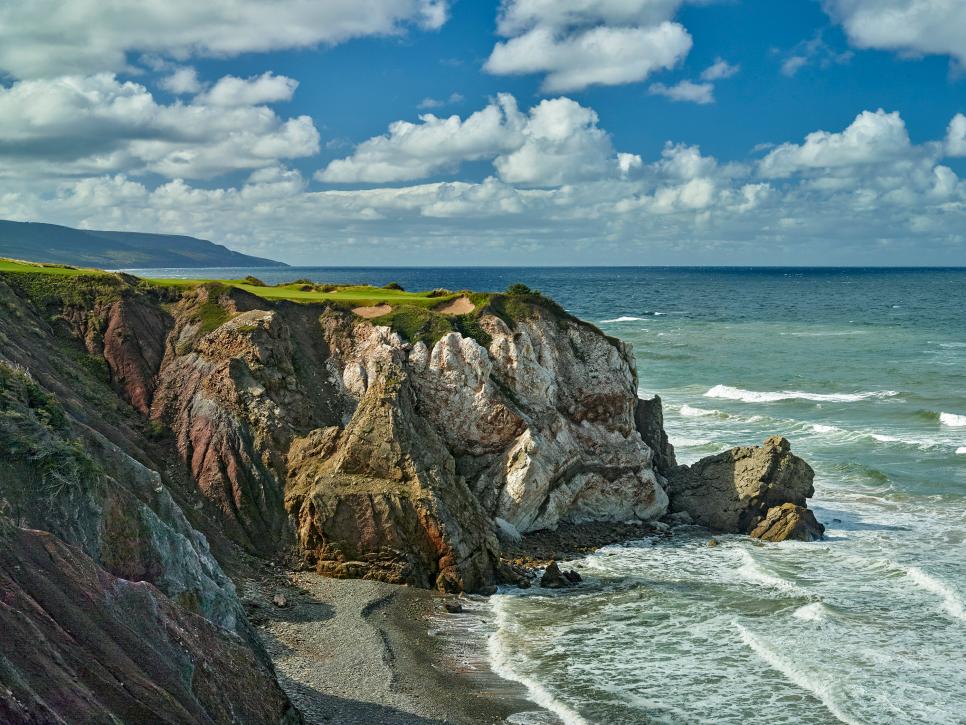
John and Jeannine Henebry
On Cabot Cliffs, Golf Digest's 2015 Best New honoree, Golf Digest Architecture Editor emeritus Ron Whitten wrote: "This is the second coming of Cypress Point, which in my mind was previously unmatched in its beauty, variety and thrills." For a man not known for hyperbole, that is the highest praise. Cabot Cliffs was No. 10 on our latest World 100 ranking. (Stay tuned for an updated ranking to come later this year.)
2. Friar’s Head
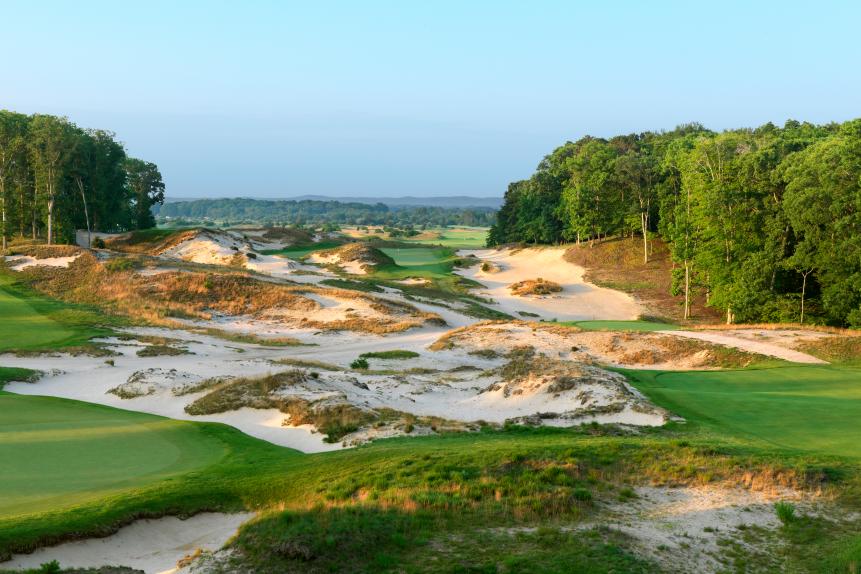
1. Sand Hills Golf Club

• • •
Explore Golf Digest's recently relaunched Places to Play community, where you can add star ratings and reviews for all the courses you play. We've collected tens of thousands of reviews from our course-ranking panelists to deliver a premium experience, which includes experts' opinions, bonus course photography and videos, plus much more. Check it out here!
